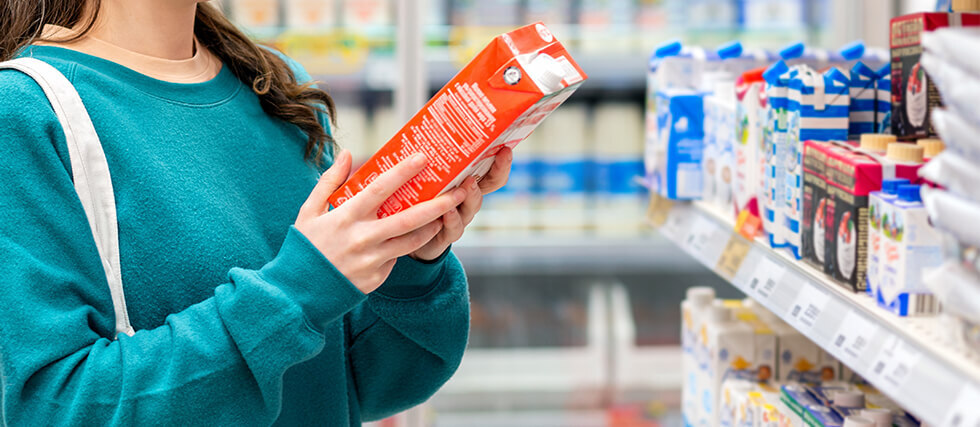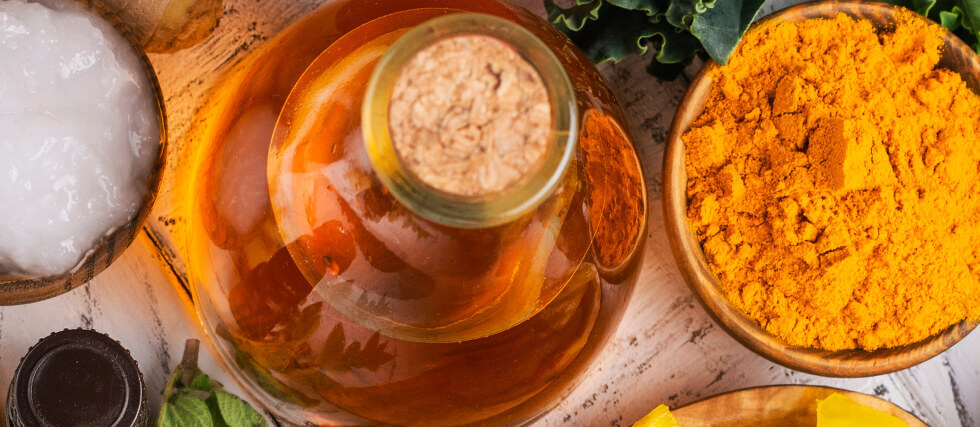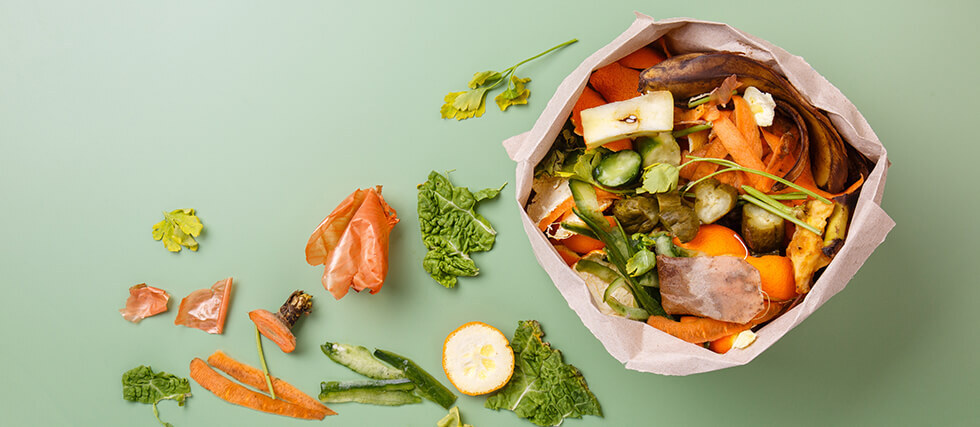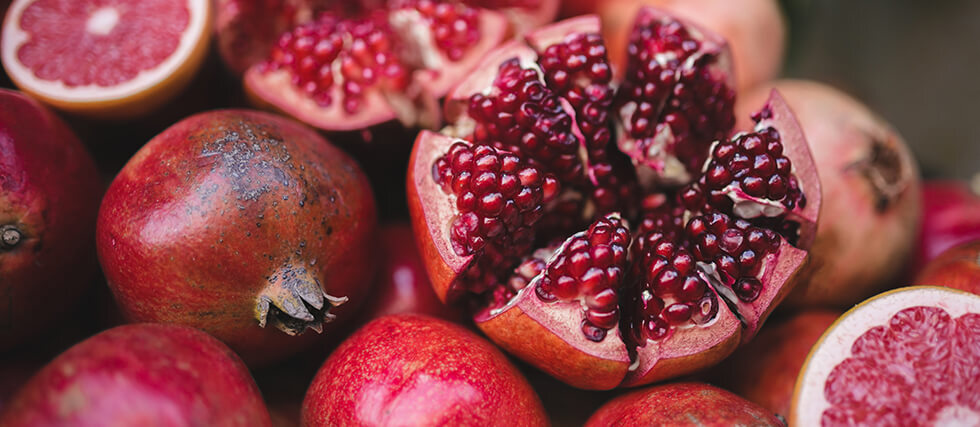“Heart Healthy” or Just Hype? Why Food Labels Lie and What to Look For
Let’s be honest—food packaging is basically marketing dressed up in a lab coat. Walk down any grocery aisle and you’re hit with a barrage of claims: high protein, low-carb, immune-boosting, heart-healthy. Sounds impressive, right? But look a little closer, and many of these so-called health foods are just ultra-processed sugar bombs wearing a halo.
This trickery even has a name: nutriwashing. It’s when food companies slap buzzwords on boxes to make you think something is healthy, when in reality, it’s just dressed-up junk. “Natural”? That term is so loosely regulated that it can still include high fructose corn syrup and artificial additives. “Heart healthy”? Yeah, maybe if your heart thrives on refined carbs and hidden sugars.
Here’s the dirty truth: serving sizes are often manipulated to downplay bad ingredients. For example, a product can legally claim to be “trans-fat-free” if it contains less than 0.5 grams per serving—so guess what they do? Shrink the serving size to something laughably small, like a teaspoon of coffee creamer, even though you’re using five times that.
Yes, the FDA regulates claims, but there are loopholes big enough to drive a truck through. “Boosts immunity” or “supports metabolism”? These are structure/function claims that require zero FDA approval, as long as there’s a fine print disclaimer no one reads.
Even big-name brands have been sued for misleading labels—remember when Frosted Mini Wheats claimed to make your kids 20% more attentive? That cost Kellogg a cool settlement.
So, how do you avoid being duped? Flip the box. Skip the front-panel promises and check the ingredient list. Real food doesn’t need flashy slogans. If it reads like a chemistry textbook, it’s probably not helping you live your best life.












